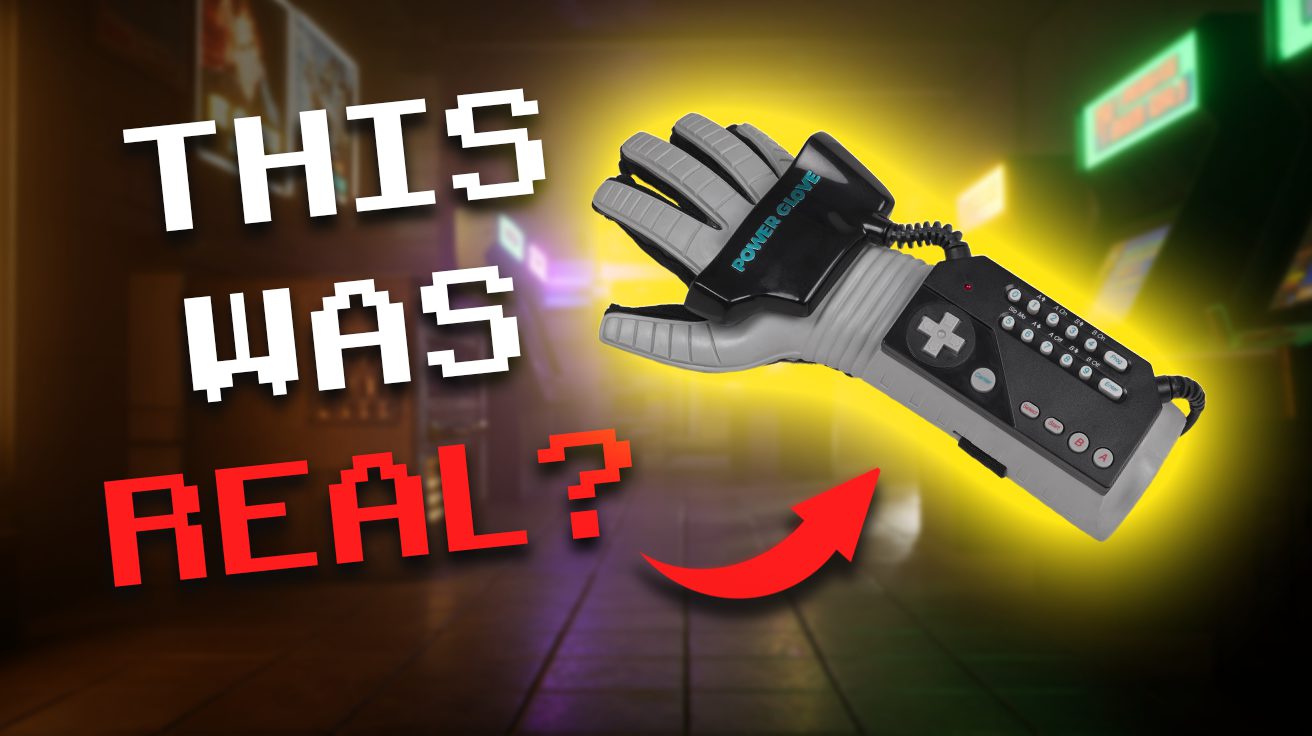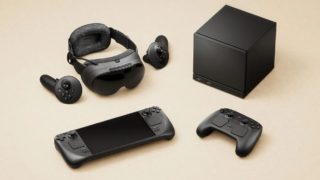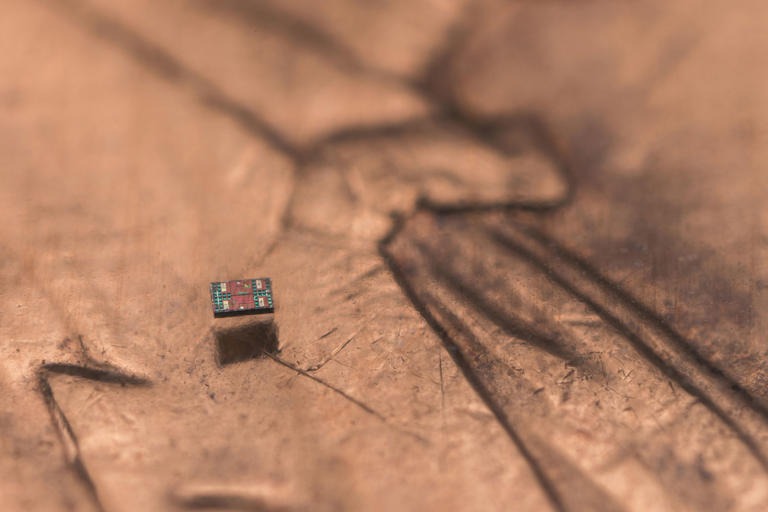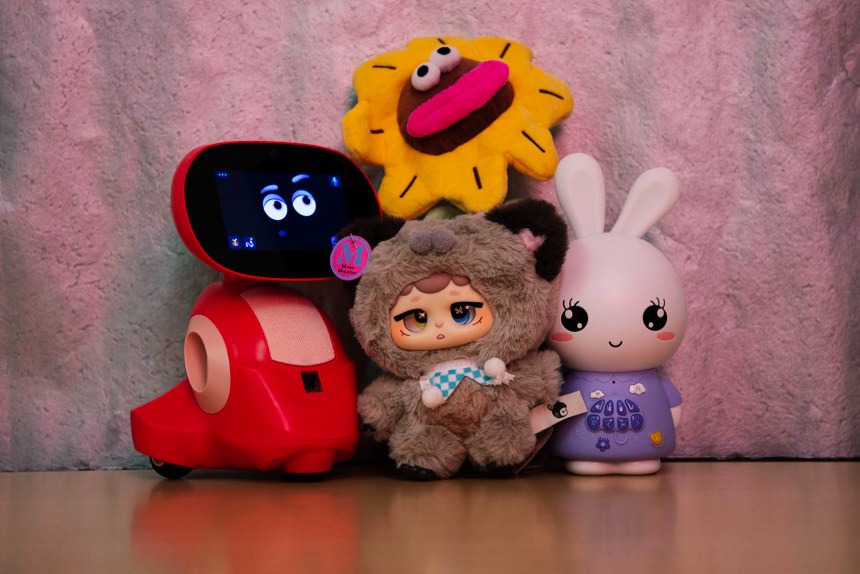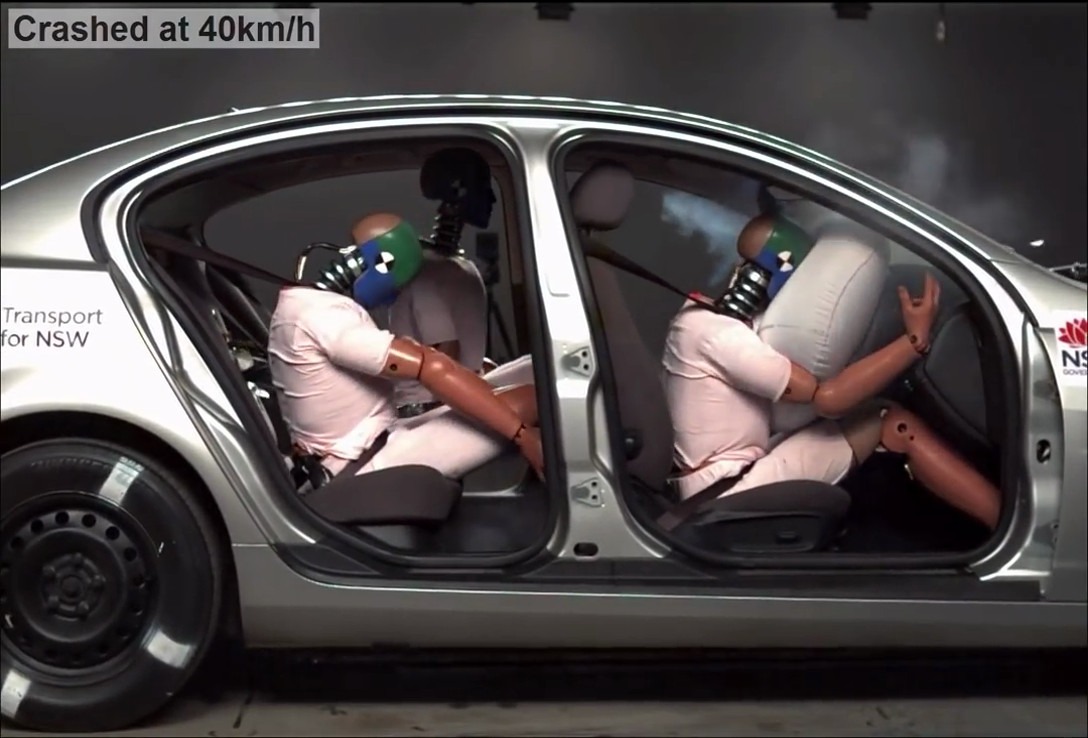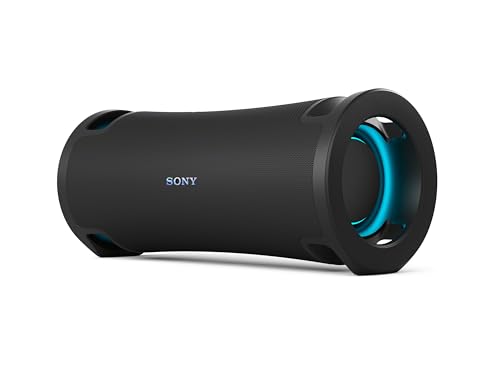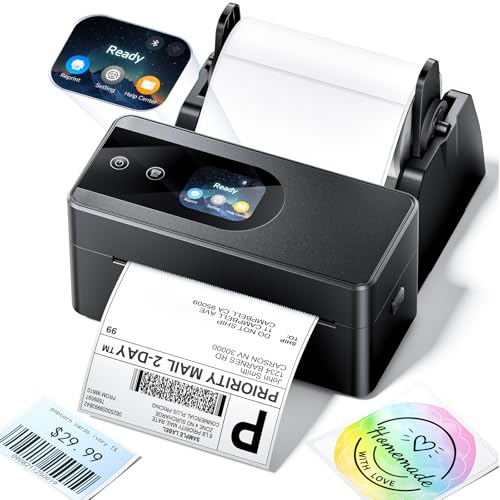Gaming history is littered with accessories that sound like fever dreams from a mad inventor’s workshop. Some were brilliant failures, others were successful disasters, and a few were so wonderfully weird they’ve achieved legendary status among collectors. These contraptions pushed the boundaries of what controllers could be—and occasionally, what sanity looked like.
15. Nintendo Power Glove (1989)
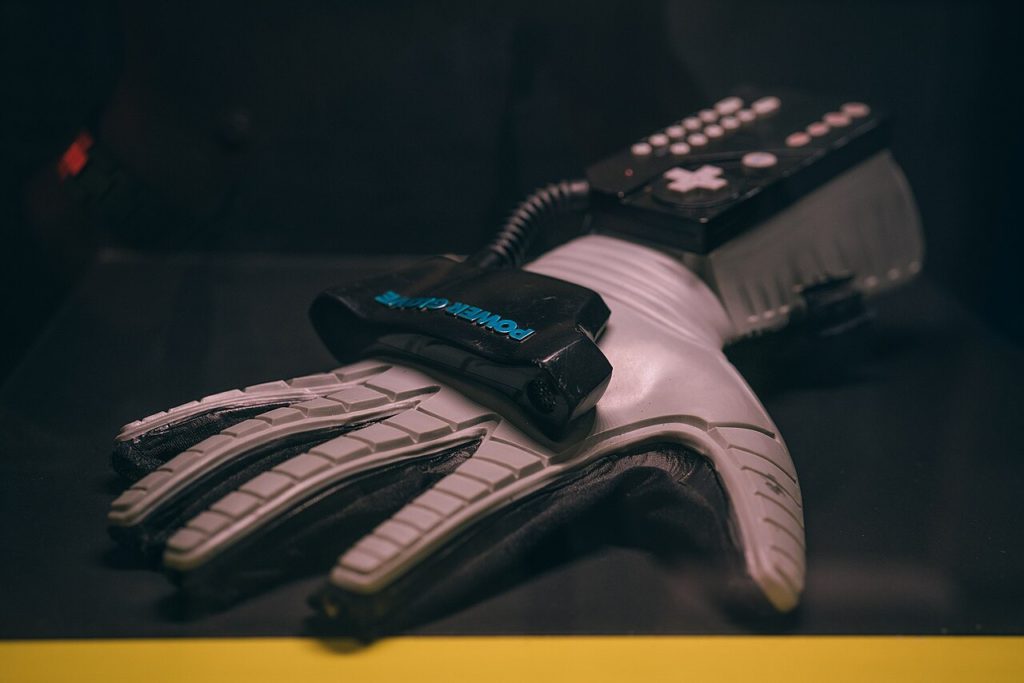
The granddaddy of motion control that made promises it couldn’t keep.
Released in 1989, the Nintendo Power Glove was Nintendo’s ambitious attempt to let players control games with hand gestures. The futuristic-looking accessory strapped onto your arm and theoretically translated finger movements into game commands. In reality, it was about as precise as trying to thread a needle while riding a roller coaster.
The Power Glove’s legacy was cemented not by its functionality, but by a single line from the 1989 film “The Wizard”: “The Power Glove is so bad.” Intended as praise, it became an unintentional truth that still makes gamers chuckle today.
14. Atari Mind Link (1983-1984)
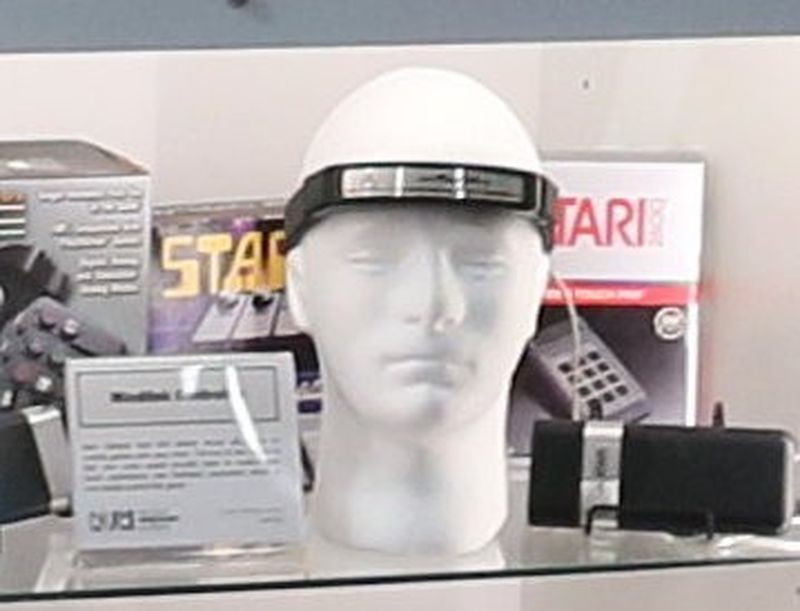
The brain-wave controller that never made it past the thought stage.
Atari’s Mind Link was designed to read brain signals and control games through pure mental focus. Players would wear a headband equipped with sensors that supposedly detected electrical activity from facial muscles and eye movements. The concept was so far ahead of its time that even the engineers couldn’t make it work reliably.
Technical issues and logical flaws kept the Mind Link from reaching store shelves, making it one of gaming’s most fascinating “what if” accessories.
13. Konami Inflatable Boxing Controller (2004)

When Konami decided your living room needed a full-sized punching bag.
This human-sized inflatable controller transformed boxing games into legitimate workouts. Players would literally punch, jab, and hook their way through matches, with the controller detecting impact location and force. It was simultaneously the most ridiculous and most practical fitness accessory gaming had ever seen.
Anyone who survived a full boxing session with this thing earned their virtual championship through actual sweat and potentially sore knuckles.
12. Sega Activator (1993)
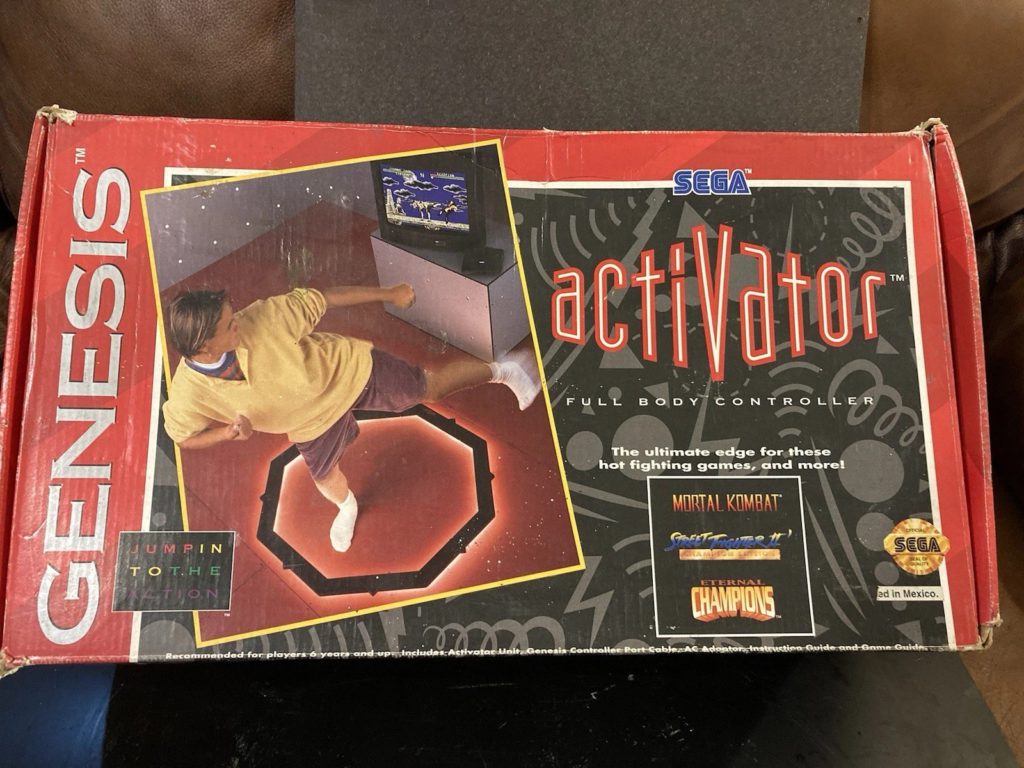
The octagonal ring that promised martial arts mastery but delivered confusion.
The Sega Activator looked like a miniature wrestling ring designed for one. This octagonal pad used infrared beams to detect body movements, allowing players to control fighting games with actual martial arts moves. The marketing promised you’d become a digital kung fu master; reality delivered more flailing than fighting.
Inspired by the Light Harp instrument invented by Assaf Gurner, the Activator’s motion detection was revolutionary in concept but frustratingly imprecise in practice.
11. Nintendo R.O.B. (Robotic Operating Buddy) (1985)
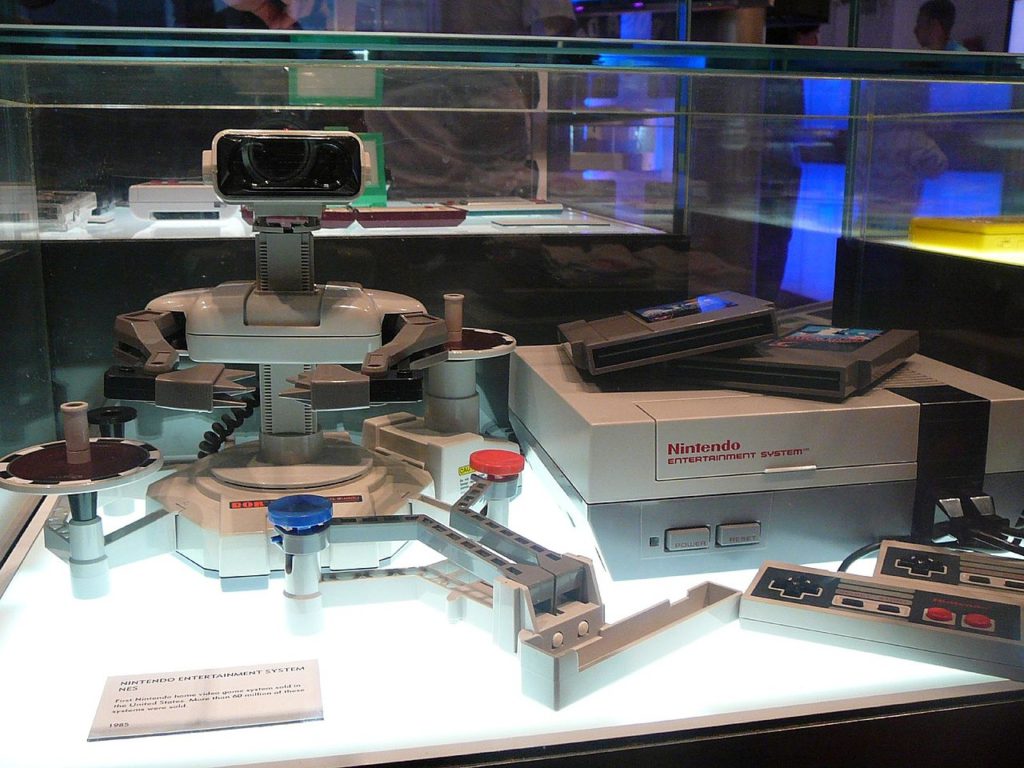
The robot sidekick that helped launch the NES and then gathered dust.
R.O.B. was Nintendo’s Trojan horse for re-entering the American video game market after the 1983 crash. This plastic robot could interact with specially designed games like “Gyromite” and “Stack-Up” by physically moving game pieces in response to on-screen commands.
While R.O.B. served its purpose of making the NES seem like a sophisticated toy rather than another video game system, most players quickly realized the robot was slower than just using a regular controller.
10. Steel Battalion Controller (2002)
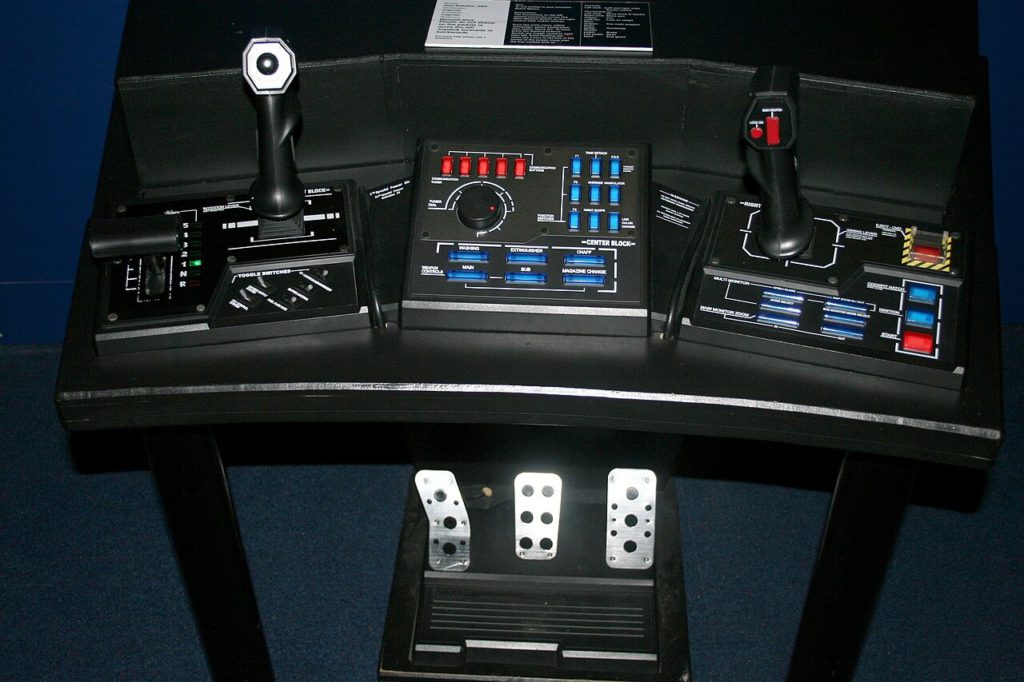
When Capcom decided regular controllers were for casual pilots.
This monster controller featured over 40 buttons, two control sticks, foot pedals, and multiple switches to simulate piloting a mech warrior. Created exclusively for the Xbox game “Steel Battalion,” it was less a controller and more a command center that required a engineering degree to operate effectively.
The controller cost more than most game consoles, but for dedicated mech simulation fans, it was the closest thing to actually piloting a giant robot.
9. NES U-Force (1989)
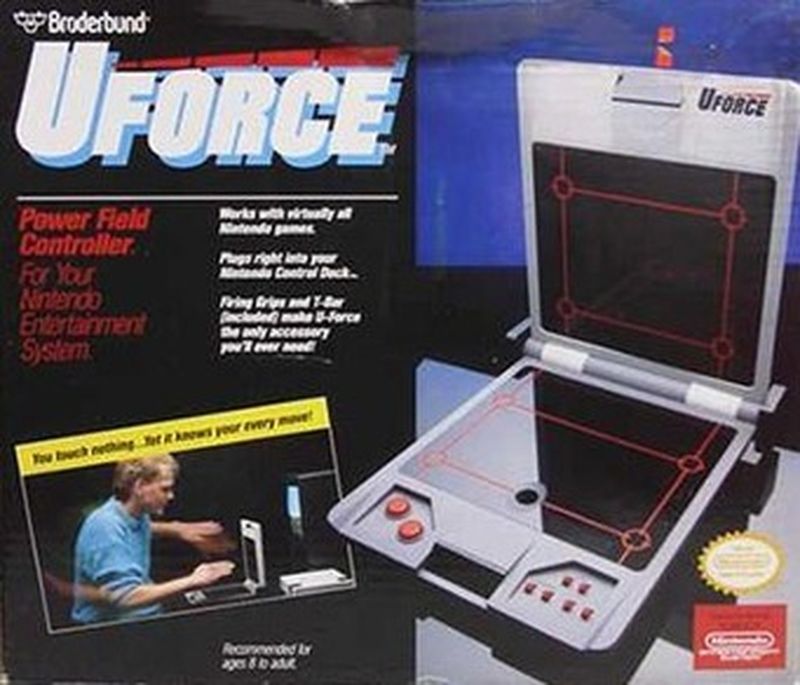
The controller that used the Force, but not very well.
Broderbund’s U-Force promised motion control through electromagnetic fields, letting players control games by moving their hands through invisible barriers. The concept was decades ahead of its time, but the execution was about as reliable as a chocolate teapot.
Poor accuracy and frustrating gameplay made the U-Force more of a novelty than a practical controller, though it deserves credit for pioneering motion control concepts that would later succeed with better technology.
8. Nintendo Virtual Boy (1995-1996)
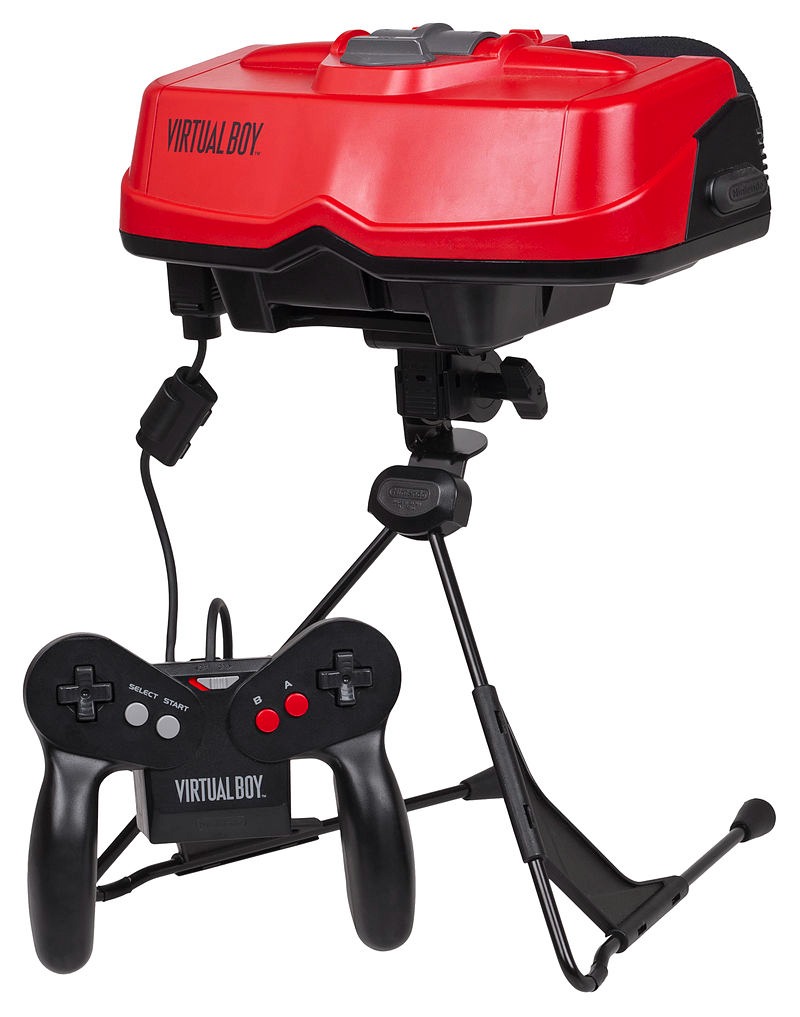
Nintendo’s red-tinted vision of portable 3D gaming.
The Virtual Boy wasn’t technically an accessory, but it was so bizarre it belongs on this list. This table-mounted headset promised stereoscopic 3D graphics but delivered eye strain and neck cramps instead. The red monochrome display and awkward positioning made gaming sessions feel more like endurance tests.
Nintendo discontinued the Virtual Boy after poor sales, but it remains a fascinating footnote in the company’s otherwise stellar innovation record.
7. PlayStation Mouse (1997)
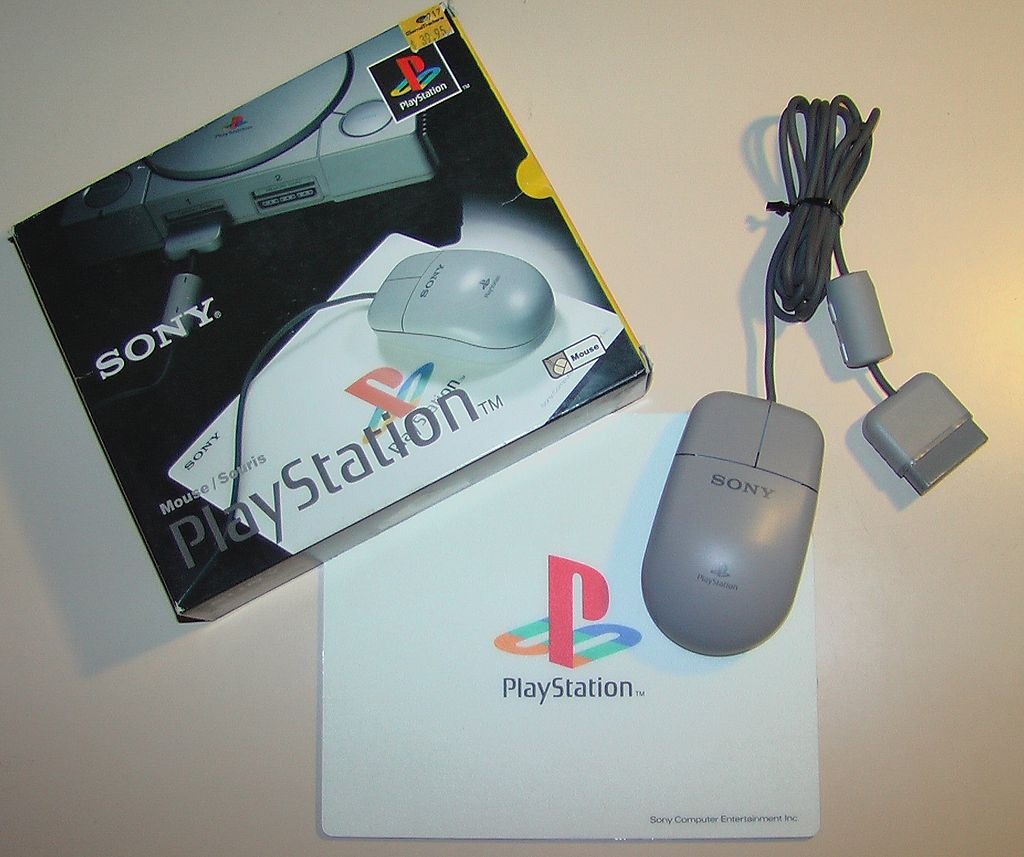
When Sony realized some games needed more precision than a D-pad could provide.
Sony’s PlayStation Mouse brought point-and-click precision to console gaming, supporting specific PS1 games that required cursor-based controls. While practical for strategy games and certain simulations, it felt oddly out of place in the living room gaming environment.
The mouse worked exactly as intended but highlighted how console and PC gaming occupied different worlds with different control philosophies.
6. Dreamcast Fishing Rod (1999)
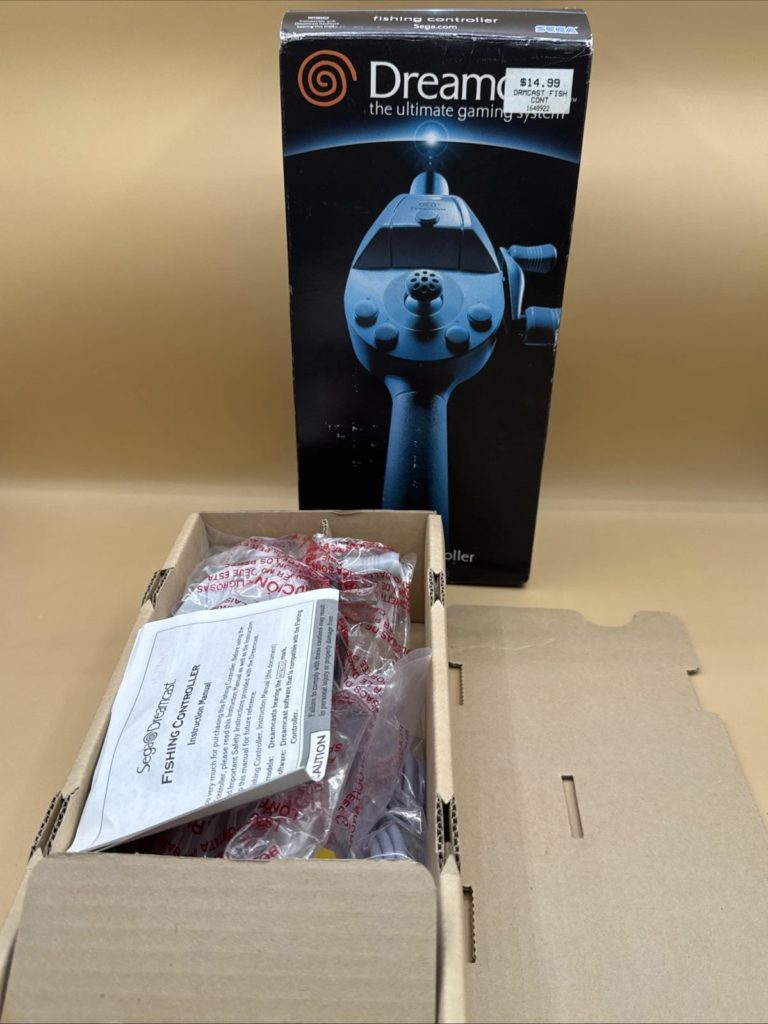
Sega’s commitment to realistic fishing simulation went surprisingly deep.
This official Sega accessory transformed fishing games into surprisingly immersive experiences. The Dreamcast Fishing Rod featured realistic casting mechanics, reel tension, and even vibration feedback to simulate fish fighting on the line. It was absurdly specific but genuinely enhanced compatible fishing games.
Anyone who scoffed at a fishing controller clearly never experienced the zen-like satisfaction of landing a virtual bass with proper rod technique.
5. Nintendo Wii Balance Board (2007)
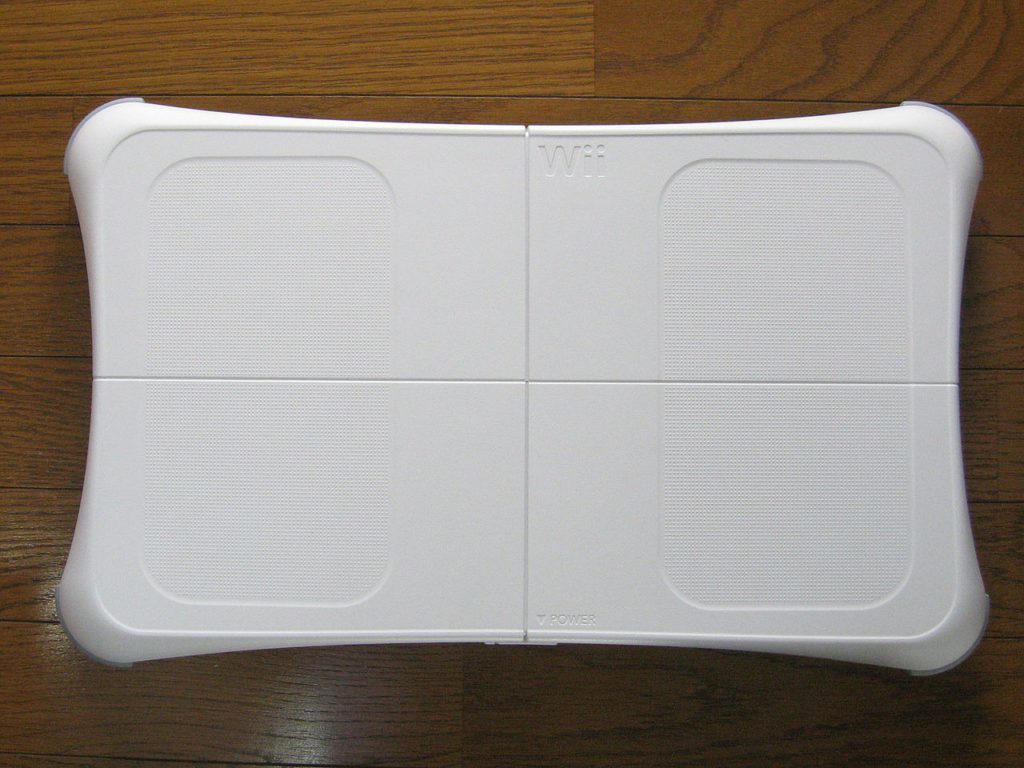
The bathroom scale that revolutionized fitness gaming.
The Balance Board proved that sometimes the most unusual accessories become unexpected successes. This pressure-sensitive platform detected weight distribution and movement, enabling everything from yoga poses to snowboarding simulations. It transformed living rooms into fitness studios and proved motion control could be both functional and fun.
Unlike many accessories on this list, the Balance Board actually delivered on its promises and found genuine mainstream success.
4. DK Bongos (2004-2005)
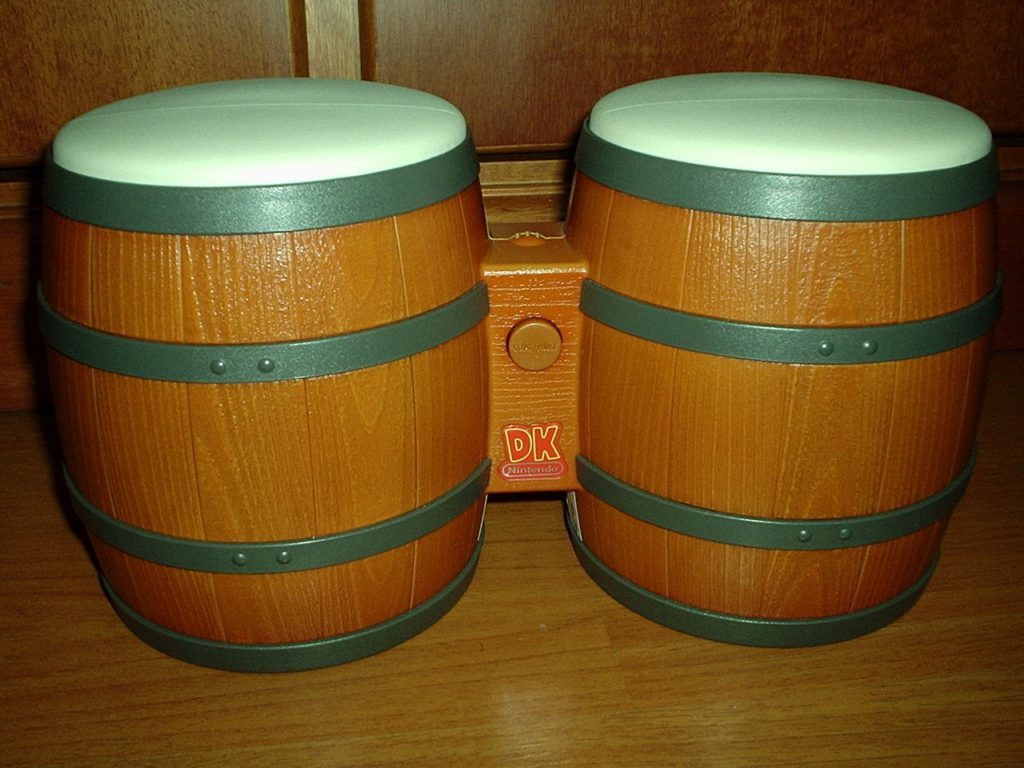
Nintendo’s percussion solution for rhythm game excellence.
These hand drums brought authentic percussion to GameCube rhythm games, letting players bang out beats like actual musicians. The DK Bongos responded to both hand strikes and clapping, creating surprisingly nuanced musical gameplay that felt genuinely satisfying.
The accessory proved that specialized controllers could enhance specific game genres without feeling gimmicky or unnecessary.
3. Nintendo Power Pad (1988)
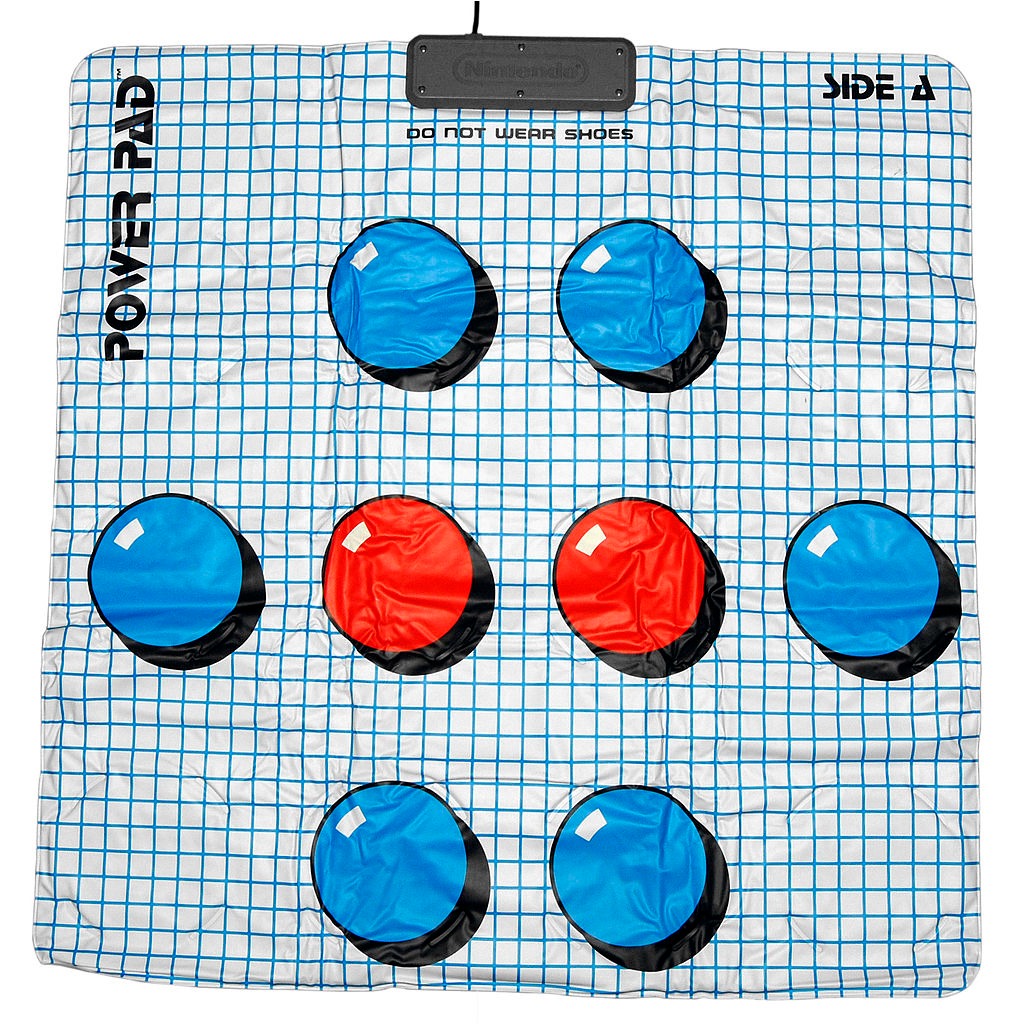
The floor mat that turned your living room into a gymnasium.
This pressure-sensitive floor mat predated dance games by over a decade, requiring players to run, jump, and step their way through various athletic challenges. The Power Pad transformed sedentary gaming into legitimate cardiovascular exercise, though carpet installation often affected its sensitivity.
Family gatherings became impromptu fitness competitions, with parents discovering they were surprisingly competitive about virtual track and field events.
2. Sega Genesis Menacer (1992)
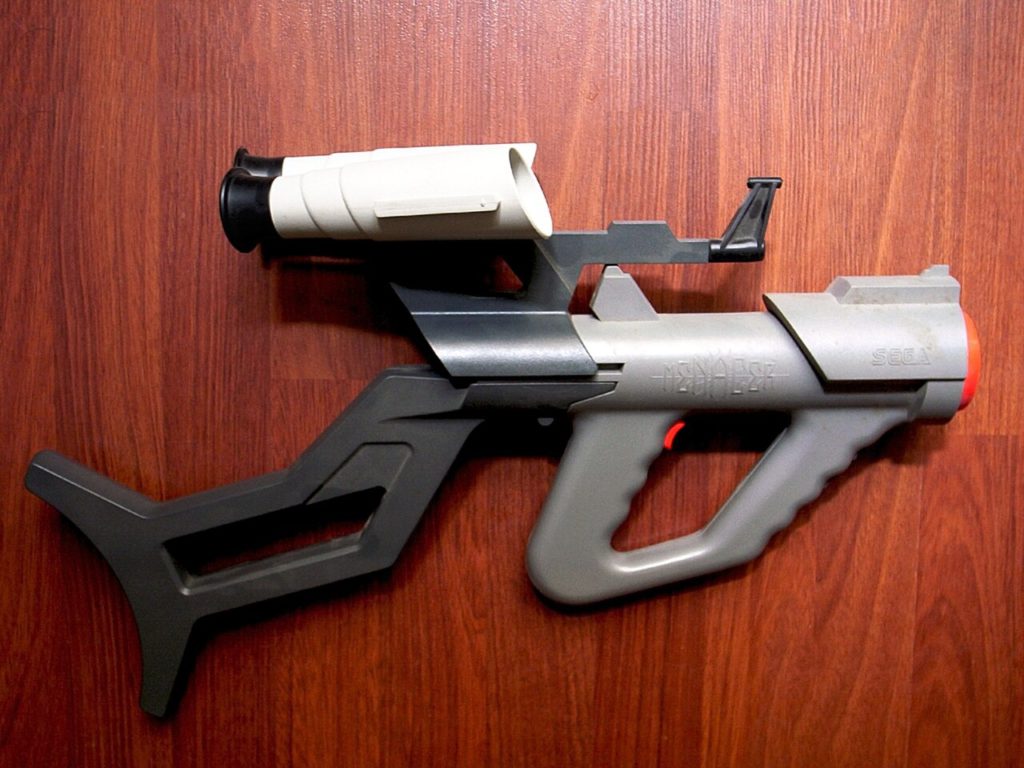
When Sega decided light gun games needed more firepower.
The Menacer was Sega’s answer to Nintendo’s Zapper, but supersized into a bazooka-like weapon that looked like it belonged in a sci-fi movie. This infrared light gun featured a shoulder stock and targeting scope, making living room shooting galleries feel dramatically more intense.
The oversized design was completely unnecessary for light gun accuracy but absolutely essential for making players feel like action movie heroes.
1. Nintendo ROB Stack-Up Accessory Set
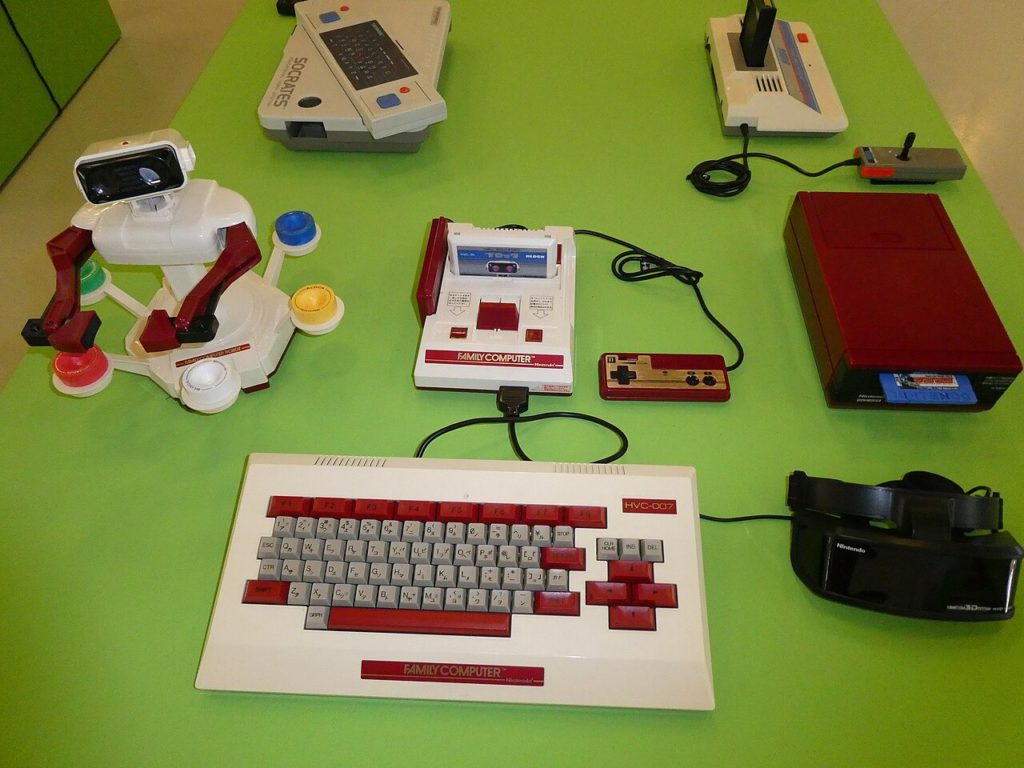
Physical game pieces that bridged digital and analog gaming.
These colorful blocks worked with R.O.B. to create puzzle challenges that existed simultaneously in digital and physical space. Players would program R.O.B. through the game to manipulate real blocks according to on-screen puzzles, creating a unique hybrid gaming experience.
The concept was brilliant in theory but proved too slow and cumbersome for most players’ patience levels.


